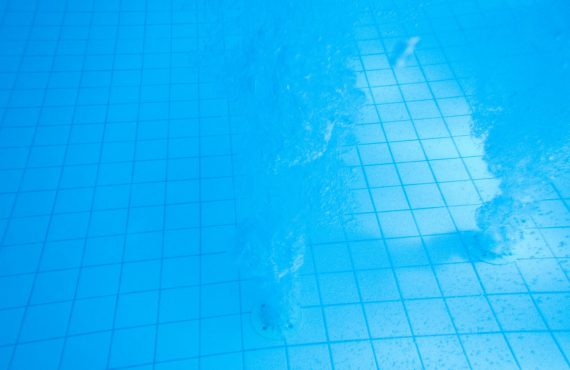Compliance Perspective:
The CMS has issued a clarification on Facility Requirements to Prevent Legionella Infections. It states that facilities must develop and adhere to policies and procedures that inhibit microbial growth in building water systems that reduce the risk of growth and spread of legionella and other opportunistic pathogens in water. The Compliance Officer should review the facility’s policies and procedures with the Infection Control Nurse and Environmental Services Director and where indicated suggest changes to the policies and procedures to bring them into compliance with the CMS Facility Requirement to Prevent Legionella Infections. Staff should be trained on any new policies and procedures regarding the remediation of potential infection. An audit should be developed to check if the facility’s water system has been evaluated/tested for potential microbial growth pathogens.
A resident in a large nursing home displayed no symptoms of Legionnaires’ disease but tested positive for the airborne bacterium during an unrelated visit to the hospital. This discovery led to an immediate analysis of the nursing home’s water system and the implementation of corrective measures. The resident has recovered has returned to the nursing home.
The county administrator working with the nursing home reported that the tests they performed “identified a source of the bacteria to be a water tap i![]() n a sink in the bedroom of one of the nursing home’s residents.” He also reported that more tests are being done and numerous precautions are being taken. These precautions include monitoring the residents more closely and testing for the disease in any resident who displays any signs or symptoms of respiratory distress.
n a sink in the bedroom of one of the nursing home’s residents.” He also reported that more tests are being done and numerous precautions are being taken. These precautions include monitoring the residents more closely and testing for the disease in any resident who displays any signs or symptoms of respiratory distress.
According to the state Department of Health, “Legionnaires’ disease is an illness caused by infection from bacteria found in environments such as creeks, ponds, hot and cold-water systems, hot water tanks, air conditioning, cooling towers, whirlpools and decorative fountains.
Infection is usually associated with breathing in small water droplets, mist or vapor that come from a contaminated water source. Symptoms of infection include high fever, chills, cough, body aches, headache and fatigue, according to the state Health Department. The infection is typically treated with antibiotics
Staff and family members have been notified by mail about the infection and what is occurring to remediate the situation. A family health meeting has been scheduled and county consultants will be present to answer questions.
The staff has taken the following precautions: all water fountains were disabled and replaced with bottled water coolers; filters were placed on all shower heads; aerators were removed from all sinks; filters were installed in beauty salon sinks; ice machines were cleaned, sanitized and filters were installed; and kitchen modifications were made related to food preparation.
“The county in conjunction with state health officials is analyzing the facility’s entire hot water system and water flow and a plumber will make necessary improvements. A plan for testing for the bacterium over the next few years would then be implemented.”

















































































